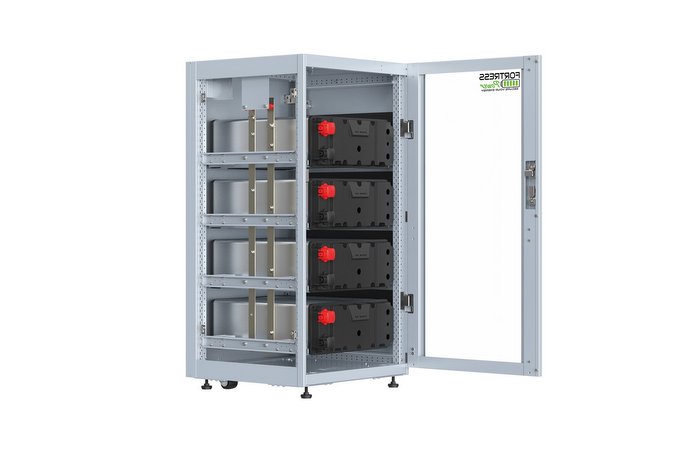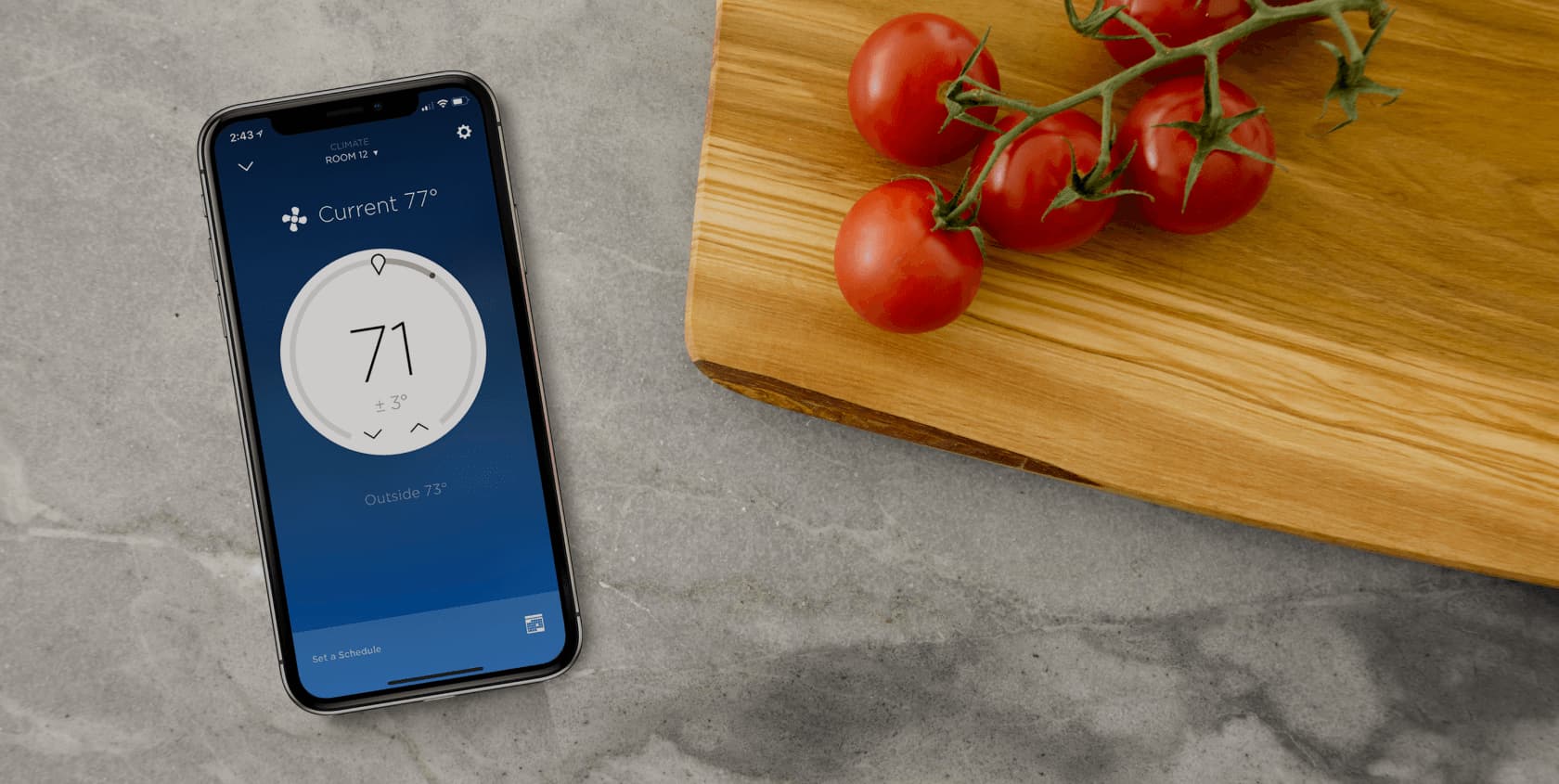Installer tip: Don’t rush battery system commissioning (and bring an external charger)

System commissioning usually occurs at the end of the installation project, and it can be a rushed and hasty processed. It is important that installers confirm the battery is properly commissioned before leaving site. This can be confusing however, because our imagination of what battery management systems can do does not always equate with reality.
Batteries can ship at different states of charge — sometimes enough to trigger the battery management system when commissioning. Prepared installers should have an external charger to individually charge up each battery to the same voltage level during commissioning. If no external charger is available, the batteries may need to be individually commissioned to be charged by the battery inverter before being commissioned as a single unit. Otherwise, when multiple paralleled batteries are commissioned at different states of charge, the weaker battery can be prevented from charging.
This is not just a matter of sizing conductors appropriately to accommodate some battery-to-battery back-feeding over the course of a few minutes. Another current that needs to be considered is inrush current, which are 5 second or less currents that can occur when commissioning mismatched batteries due to low battery impedance. Low battery impedance is also why an external charger is necessary to charge a battery, rather than being able to more simply charge a weaker battery with a stronger battery unregulated.
Quality battery management systems are capable of detecting inrush currents, disconnecting the “weaker” battery and then reconnecting when the “stronger” batteries reach the same state of charge as the weaker battery. This allows the “weaker” battery to come back into the circuit and be charged by the battery inverter, rather than being backed from its neighboring batteries.
However, the “stronger” batteries may never reach the same state of charge as the “weaker” battery — such as when the system is programmed to keep the batteries 100% full. In this case, if unaddressed, the weaker battery will continue to self-discharge until it can no longer power its internal battery management system, resulting in a service call.
The easiest way to improve battery commissioning success rates is to confirm amperage is flowing either into or out of each battery before leaving site. A battery that is not properly commissioned will show zero amperage in its conductors. A properly functioning battery should show roughly the same amount of amperage flowing across it as its neighbors. Whether this observation is made via an indicator screen on the battery itself, an online monitoring system, or a multimeter, taking the extra time to confirm that each battery is functioning (and not simply turned on) is the best way to avoid another visit to the site to properly commission the system.
John Cromer is an applications engineer with Fortress Power.





Comments are closed here.